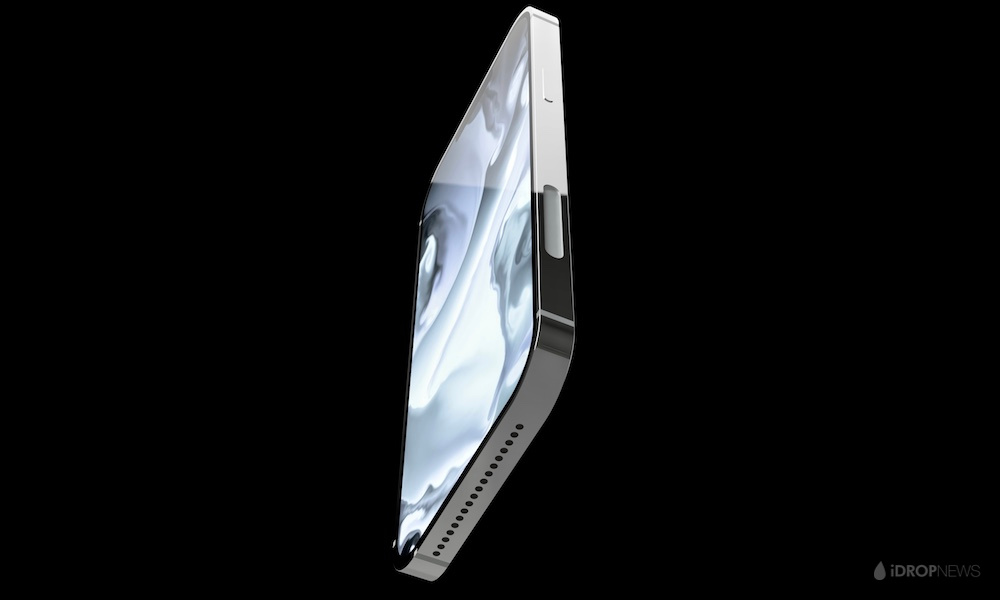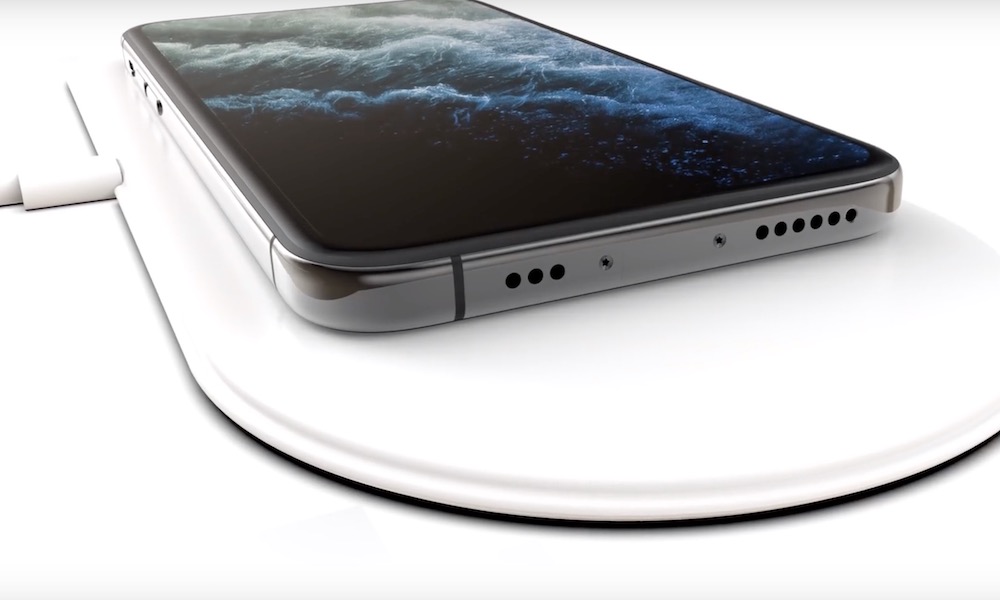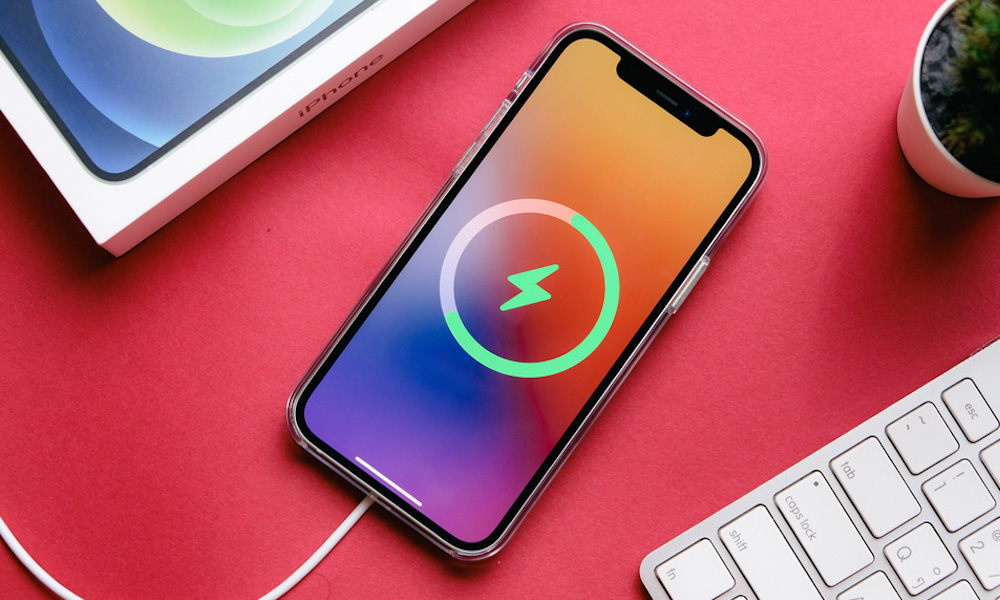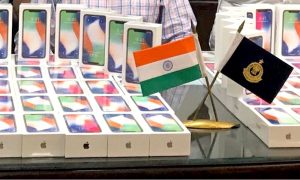Would the EU Stop Apple From Making a Portless iPhone?

Years before Apple made the switch to USB-C with the iPhone 15 lineup in 2023, the industry was abuzz with speculation that the company was looking at ways to eliminate the physical ports from its iPhones entirely.
As the European Commission began making plans to kill the Lightning port, some were already predicting that the iPhone could go portless by 2021. Veteran Apple analyst Ming-Chi Kuo doubled down on that in 2021, after MagSafe arrived in the iPhone 12, but also acknowledged that the technology wasn’t ready for prime time and it would take a few more years before the ports could go away entirely.
There were also other problems Apple needed to solve, such as CarPlay connections. While Wireless CarPlay is a game-changer, it’s unlikely to become universally available anytime soon, as it requires vehicles to be equipped with not just Bluetooth but also Wi-Fi. That limits it to higher-end trims. It’s not an insurmountable problem, but it’s still one of the few scenarios where many people still need to plug their iPhones into a wired connection.
Still, the notion has some appeal as the European Union continued its trek to force Apple to lose the Lightning port. At the time, the thinking was that instead of switching to USB-C, Apple would eliminate all ports, moving to MagSafe and Wi-Fi for charging and syncing.

There was never any reason to believe such a move would violate EU regulations. The common charger directive doesn’t require devices to have a USB-C port; it merely states that if they have a charging port, that port must be USB-C.
That seemed clear from a reading of the regulations. However, Tom Warren of The Verge reached out to the European Commission in 2021 for confirmation and was told by an EC spokesperson that “if a device charges only wirelessly, then there is no requirement to integrate a USB-C charging port.”
The European Commission also only cares about charging. None of its rules say anything about how data transfer needs to work. While the EC is also working on standardizing wireless charging, Apple already has that covered, as its iPhones have always offered baseline Qi compatibility. MagSafe adds to Qi, but it doesn’t replace it, and now there’s a new Qi2 standard that’s essentially the open-source version of MagSafe.

So, there was never any reason to believe that a portless iPhone would be blocked by the European Union’s rules. Apple had plenty of other reasons to avoid going down that road, but there’s also been evidence it’s preparing for a portless future. With an ultra-thin “iPhone 17 Air” looming on the horizon, many felt this would be the perfect time to abandon the USB-C port. The 2021 rumors had suggested that Apple might take baby steps into a portless iPhone with a specific premium model, and the thinnest iPhone ever would make a perfect place to start.
Nevertheless, Bloomberg’s Mark Gurman seems to believe that Apple has abandoned plans for removing the USB-C port — and he’s very oddly pointing the finger at the European Union as the reason.
Apple ultimately decided not to adopt a port-free design with the new iPhone, which will still have a USB-C connector. One major reason: There were concerns that removing USB-C would upset European Union regulators, who mandated the iPhone switch to USB-C and are scrutinizing the company’s business practices.
Mark Gurman
As I’ve explained above, there was never any reason to believe the European Commission would have a problem with this, at least not under its common charger directive. There’s a possibility the new Digital Markets Act may change the landscape, as the EC has been ordering greater interoperability with other platforms. However, this order concerns Apple’s wireless protocols like AirDrop and AirPlay and how iPhones communicate with smartwatches. There’s little in there about wired USB-C connections, which, let’s face it, nobody uses much anymore for connecting accessories other than CarPlay systems.
While Apple may simply want to avoid attracting needless attention from European regulators, there’s no reason to believe the rules have changed, and 9to5Mac’s Ben Lovejoy recently confirmed this with EU officials.
Speaking with European Commission press officer Federica Miccoli, Lovejoy was told clearly that “a portless phone would be compliant with the law.”
Yes. Since, such radio equipment cannot be recharged via wired charging, it does not need to incorporate the harmonised (wired) charging solution.
Federica Miccoli, EC press officer, in a statement to 9to5Mac
It also appears that Miccoli simply quoted the EU’s FAQ, Guidance for the interpretation of the Common Charger Directive, word-for-word. So, this isn’t even new information — just a confirmation of what’s been there since the new rules came into effect.
While we have no reason to doubt the rest of what Gurman says — that the so-called “iPhone 17 Air” will still sport a USB-C port — it’s unlikely that Apple’s decision to leave it in had anything to do with EU rules. The new iPhone is unlikely to be so thin that there won’t be room for a standard USB-C port.
After all, the 13-inch iPad Pro still has a USB-C port, and it’s only 5.1 mm thick. By all reports, the ultra-slim iPhone won’t get close to that, with most rumors pegging it at around 6mm. That’s still much thinner than Apple’s current iPhone models, which range from 7.8 mm for the iPhone 16 to 8.25 mm for the iPhone 16 Pro models. Even the thinnest iPhone Apple has ever made — the 2014 iPhone 6 — was 6.9 mm thick. We’re nowhere near the point where the USB-C port needs to go away, but there’s no doubt Apple still has plans to make that happen someday.







